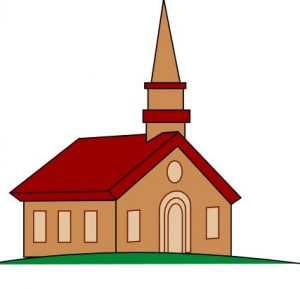 “Here is the church, and here is the steeple, open the door and see all the people. Here is the parson going upstairs, and here he is saying his prayers.”
“Here is the church, and here is the steeple, open the door and see all the people. Here is the parson going upstairs, and here he is saying his prayers.”
I’m sure many of us remember saying this nursery rhyme as a child, but not many know where it came from or its true meaning. By definition, a nursery rhyme is a traditional poem or song for children. These rhymes seem to have come from a variety of different sources. Some came from traditional riddles, proverbs, and ballads. Others came from drinking songs,and historical events. Often, these rhymes were used to parody politics and leaders of the day. They became a way to spread rebellious messages amongst the people. The reality is that children enjoy visual learning, and that’s exactly what this particular nursery rhyme provides. It helps with the coordination of a child while also encouraging them to use their imaginations.
If not familiar with this rhyme, it uses a series of hand motions that go along with the words. For instance, the fingers on each hand are intertwined facing up. Then close the hands down to cover the fingers. This forms the “church”. The two index fingers become the “steeple”, and the fingers become the “people”. Churches dominated life in the early eighteenth century which is when this, and many other nursery rhymes came to be.
However, Here is the Church, is one of innocence. The steeple, representing the architectural design of many churches of that time. The people symbolizing the masses that attended. The church was a staple in many homes and as Christianity grew, this wonderful little rhyme came about. It became a good way for children to become involved in the church culture while also allowing them to be creative and remember to say their prayers. It is a fun, short rhyme that children can remember easily and have fun doing. Another wonderful memory to create for a child.